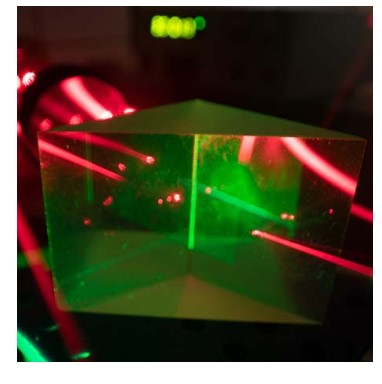New Oxide-Specific RSFs to Improve Non-Conductive Oxide Materials Analysis by GDMS
Home » New Oxide-Specific Relative Sensitivity Factors to Improve Non-Conductive Oxide Materials Analysis by GDMS
ABSTRACT
By Gideon Bartov, Ph.D. and Karol Putyera, Ph.D.
Glow discharge mass spectrometry (GDMS) relies on relative sensitivity factors (RSFs) in order to convert ion beam ratios of elements into mass fractions. GDMS has been used to analyze metals, alloys, and semiconductors for the past 50 years and have developed a robust RSF set for conductive samples, dubbed the “Standard RSF” set. GDMS is considered to be matrix independent, with RSF values generally varying between matrices up to a factor of 2. With the increase in analysis of nonconductive oxide samples using holding electrodes, a new RSF set needs to be created in order to reduce the analytical uncertainty of concentrations obtained from oxide samples. We analyzed four oxide standards – two aluminum oxide, an aluminum-rich silicon oxide, and a basalt rock powder standard – and developed an oxide RSF set. This new RSF set will reduce the uncertainty of oxide materials analysis.
Would you like to learn more about Relative Sensitivity Factors?
Contact us today for your GDMS needs. Please complete the form below to have an EAG expert contact you.
